Currently, the Shenzhen Internet of Things Expo (IoTExpo) is in full swing. On July 30, at the Shenzhen LoRa Internet of Things Summit Forum, the conference room was packed, indicating a high level of interest; however, NB-IoT seemed somewhat isolated, as there were no dedicated seminars or forums on NB-IoT at this expo.
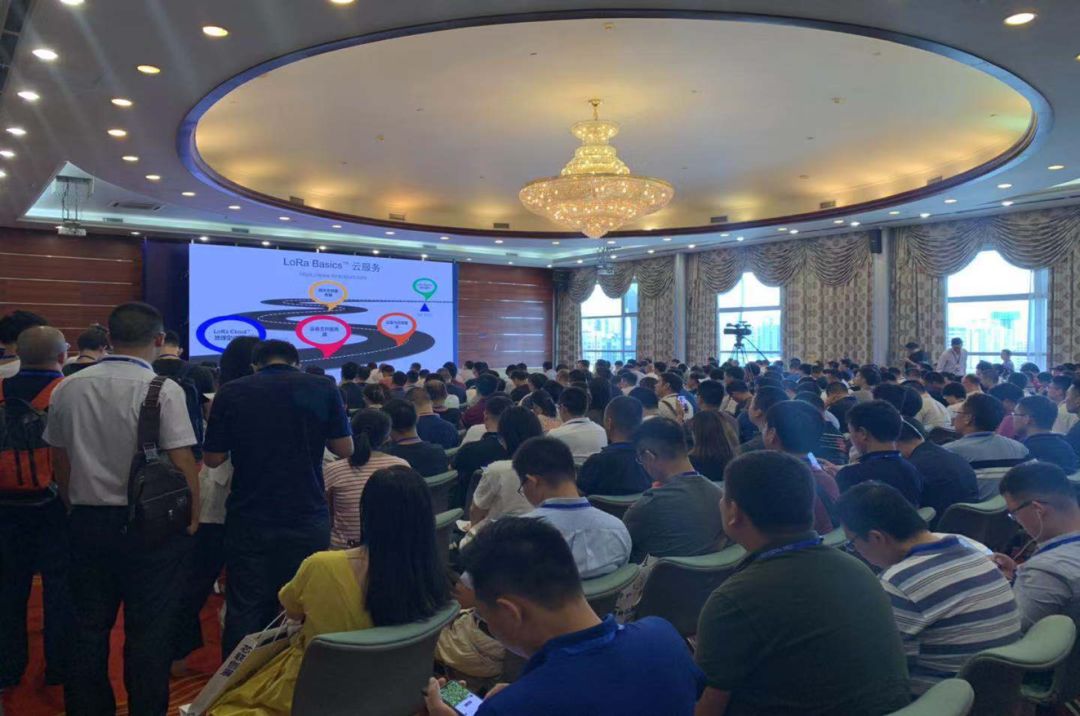
So we can’t help but ask, what’s wrong with NB-IoT? Why is it so quiet? Does NB-IoT still have development opportunities compared to LoRa?
Some have speculated that there are two reasons:
01
Firstly, 5G also falls under the umbrella of the Internet of Things and can be applied to industrial IoT, medical IoT, and vehicle networks (C-V2X), among other applications. A recent collaboration between a major telecommunications company, operators, and hospitals using 5G technology to complete remote surgeries serves as evidence. Thus, to some extent, the development of 5G is bound to encroach upon the application markets of NB-IoT or LoRa, which is why there is less enthusiasm for developing NB-IoT compared to before.
02
Secondly, since the government officially issued 5G licenses, major operators are currently focused on developing 5G, which has significantly impacted investments in NB-IoT. Since NB-IoT is also operated by major operators, they have less energy to develop NB-IoT, which is why NB-IoT seems somewhat silent. In contrast, LoRa has seen more activity, as only China Unicom has engaged, while the other two operators (now including the broadcasting industry, making it three) have not touched it at all.
Is it really like this?
Let’s take a look at the relationship between 5G and NB-IoT
NB-IoT technology is a low-power wide-area network (LPWA) solution defined by the 3GPP standard, characterized by extremely low power consumption, extensive coverage, and a large number of connections. Its device coverage can be improved by 20dB, and battery life can exceed 10 years.
5G is also a communication standard vigorously promoted by 3GPP, especially with the strong push from 5G manufacturers like Huawei and ZTE in China, leading to rapid development of 5G in our country. The most notable feature of 5G is its high speed and low latency, but it consumes a lot of power.
Both fall under the umbrella of the Internet of Things, but at the 79th 3GPP RAN plenary meeting held in March 2018, 3GPP officially clarified that “5G NR and eMTC/NB-IoT will be applied in different IoT scenarios.”
According to the meeting’s resolution, in the R16 protocol, the application scenarios of 5G NR mMTC do not involve LPWA, and eMTC/NB-IoT will still be the main application technologies for LPWA.
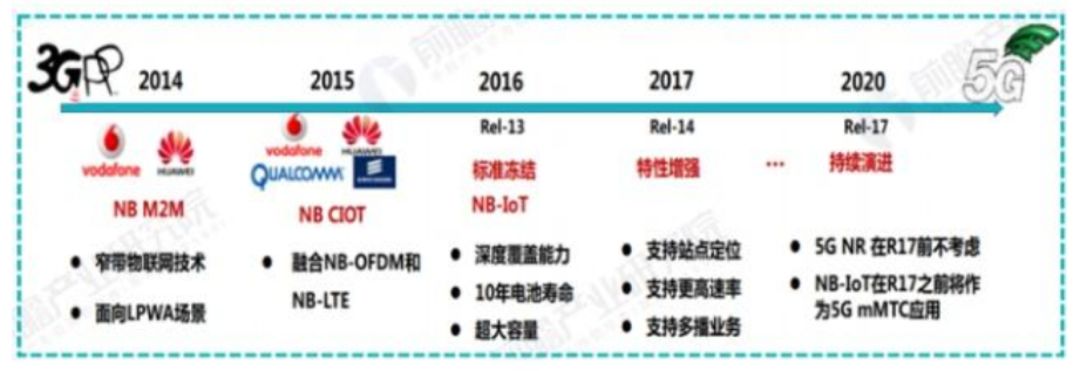
Image Source: Qianzhan Industry Research Institute
This marks that in the 3GPP protocol, eMTC/NB-IoT has been recognized as part of 5G and will coexist with 5G NR for a long time, meaning that NB-IoT will play a more important role in the 5G era rather than being replaced by 5G. NB-IoT will be used in scenarios with lower requirements for speed and latency but higher requirements for power consumption.
Therefore, for operators, there is no reason to develop only 5G without developing NB-IoT.
Regarding LoRa technology
As previously mentioned, LoRa technology is not driven by 3GPP but is provided mainly by the LoRa Alliance led by chip provider Semtech. Currently, two operators, China Unicom and the broadcasting industry, are involved to some extent, and the ecosystem is continuously developing and growing, with companies like Alibaba and Tencent participating to varying degrees, and it is in a rapid development phase.
Meanwhile, NB-IoT has passed a relatively rapid development phase (the rapid development phase was in 2018), so to some extent, especially in 2019, LoRa seems to be more popular than NB-IoT.
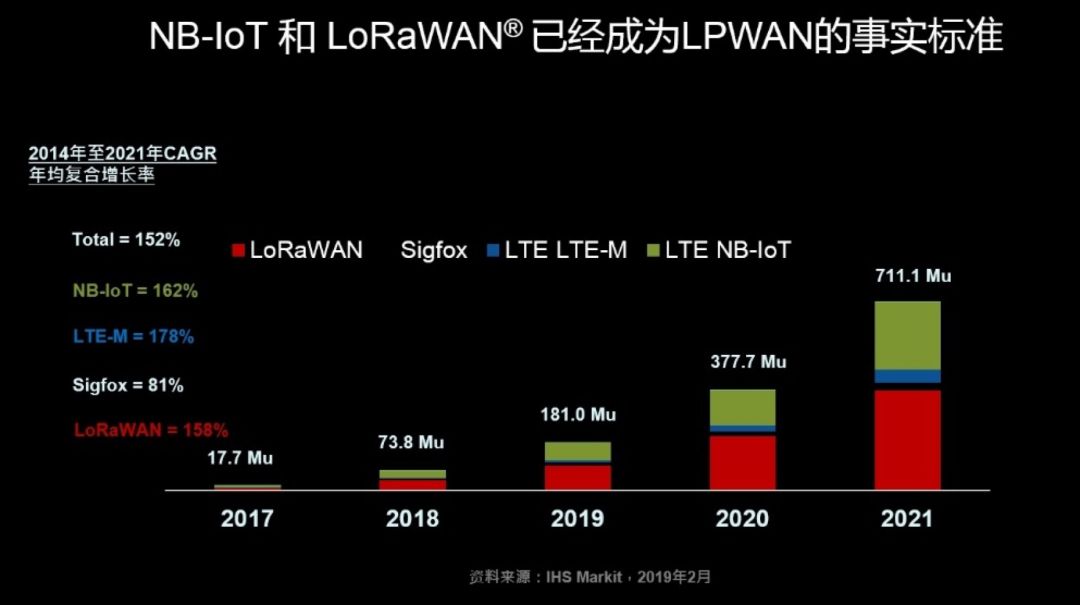
Regarding the second reason
I think it may be a matter of perspective. We must admit that the operators’ energy will, to some extent, be limited due to the development of 5G. This is undeniable and is an important factor against the development of NB-IoT.
However, I believe that the impact on investments is not significant. The development of the Internet of Things is one of the country’s important strategies, and it will not reduce investment in NB-IoT because of investments in 5G.
Therefore, fundamentally, the development of 5G will not have a major impact on the development of NB-IoT and LoRa. As for whether NB-IoT or LoRa has better opportunities, it will depend on the future development of both, and we will wait and see.
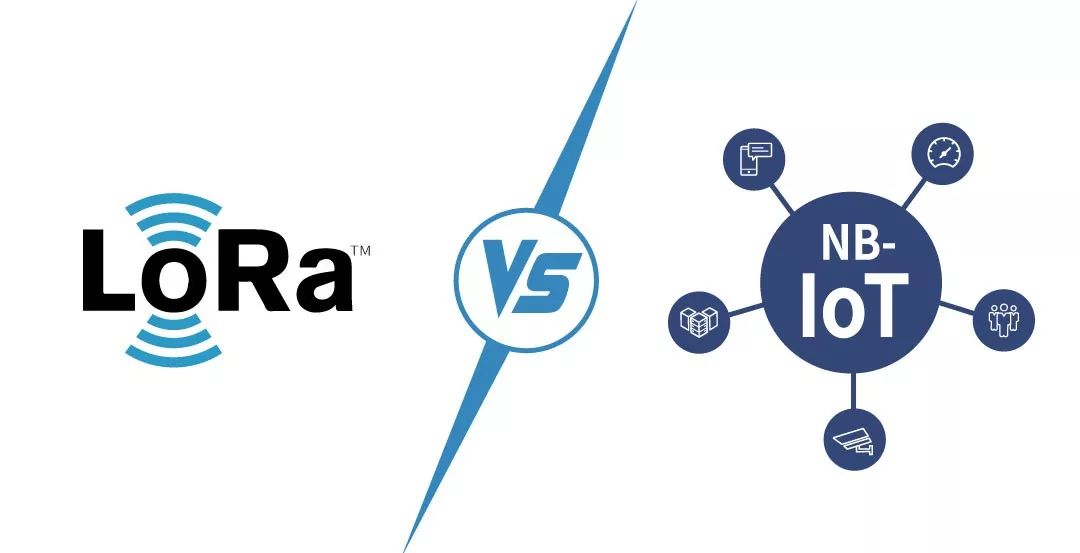
There are many reasons for this, one important reason being the fragmentation of IoT applications and the lack of large-scale applications.
Additionally, due to the chaotic market, many modules and terminals have not undergone rigorous testing. Some even lack corresponding testing standards. We have learned that many LoRa-based smoke sensors have not undergone strict testing and face issues such as unstable connections and short distances after networking, severely impacting the user experience of the Internet of Things and hindering the practical application development of LoRa IoT.
Keysight Technologies, as a member of the IoT industry chain, provides comprehensive solutions:
-
Low Power Testing Solutions for IoT
-
Wireless Connectivity Testing Solutions for IoT
-
Network Optimization Testing Solutions for IoT
-
Interference Detection Testing Solutions
-
RF Coexistence Testing Solutions for IoT Terminals
-
……
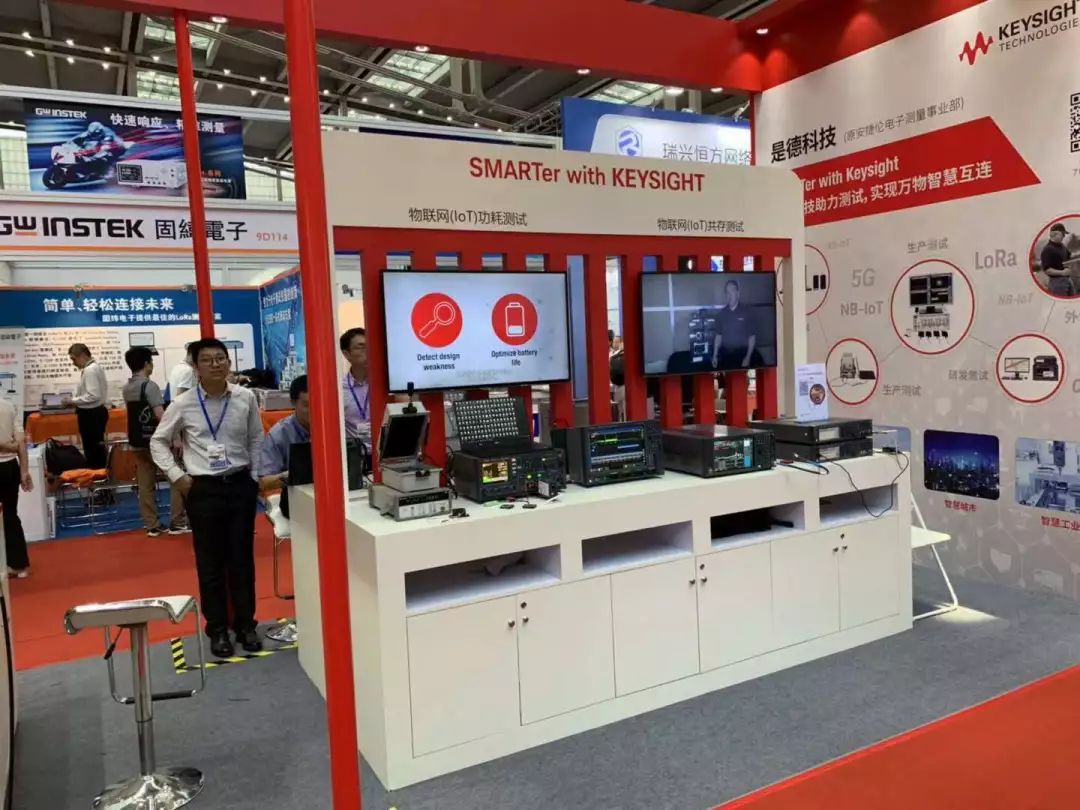
At this LoRa summit forum, Keysight’s product experts introduced the IoT testing solutions to hundreds of technical personnel and company executives present.
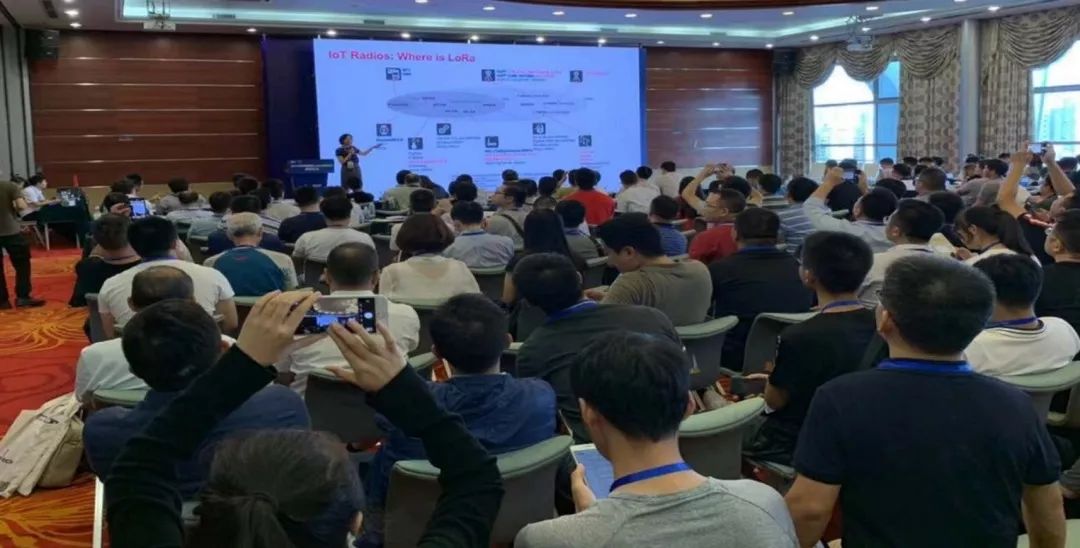
Click the QR code to download the latest solutions
